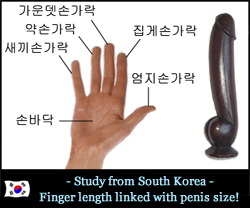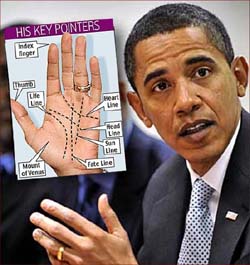 The primate hands family tree shows how dominant behavior in primates can be linked with hand structure. For example, gorillas & baboons are known to belong to the most dominant/aggressive primate species and both species have a hand structure that is different from other primate species!
The primate hands family tree shows how dominant behavior in primates can be linked with hand structure. For example, gorillas & baboons are known to belong to the most dominant/aggressive primate species and both species have a hand structure that is different from other primate species!
It is rather fascinating to see that both species (gorilla + baboon) actually have a hand structure that reminds us of the typical hand differences seen between males and females, incuding: short fingers, broad palms & a low 2D:4D digit ratio.
These biological & evolutionary patterns appear to explain why in nearly all primate species males tend to dominate females. Except for the bonobos of course, females tend to collectively dominate males by forming alliances and use sexuality to control males – interestingly, a few years ago a study reported that bonobos have a rather human-like 2D:4D digit ratio (close to 0.94)… which is illustrative for their rather high emotional intelligence. The Bonobo-society has been described as ‘extraordinarily peacefull’.
This illustrates that Sir Charles Bell was very right about the hand representing capacity, and modern science has still a long way to go in order to understand properly how the structure of the hand corresponds with behavior!
More details:
http://www.handresearch.com/news/primatology-palm-reading-primate-hands-family-tree.htm
 Finger length & penis size linked!
Finger length & penis size linked! The hands of Barack Obama
The hands of Barack Obama Megan Fox thumbs – TRIBUTE
Megan Fox thumbs – TRIBUTE Hrithik Roshan thumbs – TRIBUTE
Hrithik Roshan thumbs – TRIBUTE Hand Reading Research!
Hand Reading Research! MultiPerspective Palm Reading
MultiPerspective Palm Reading